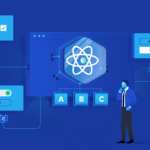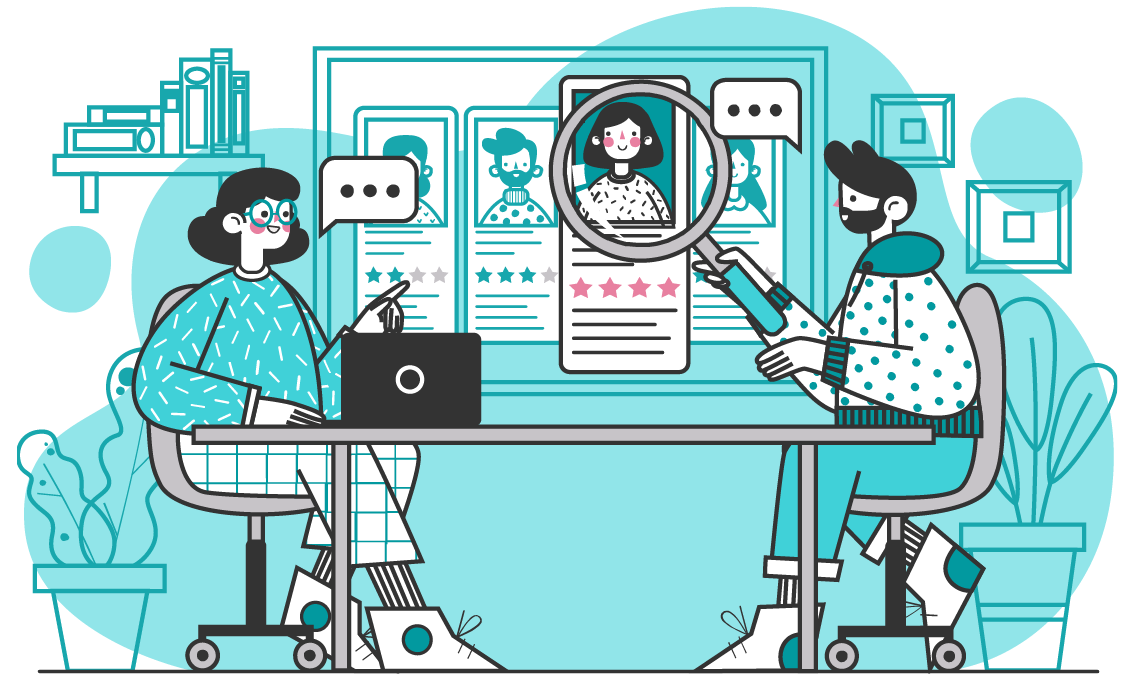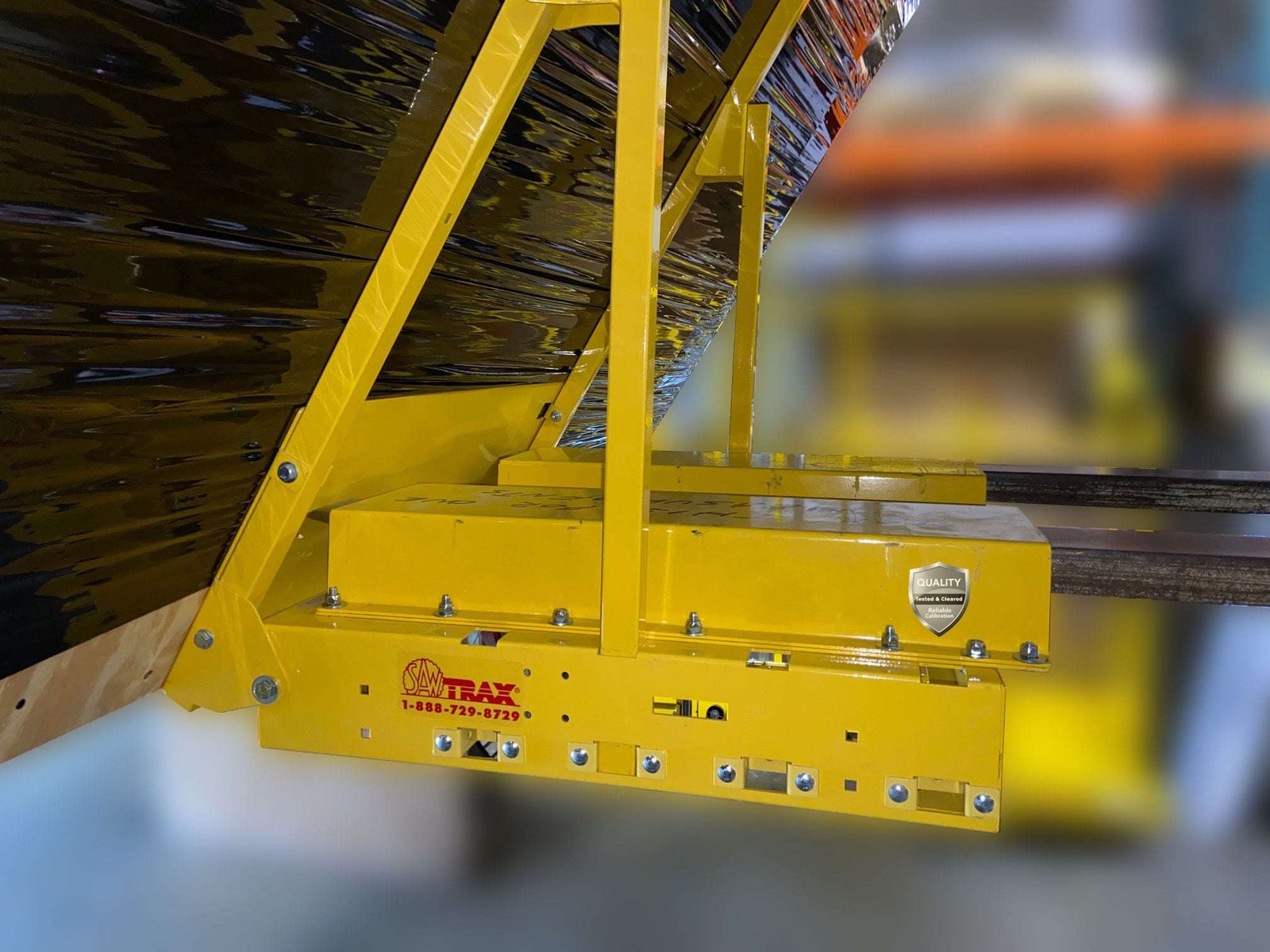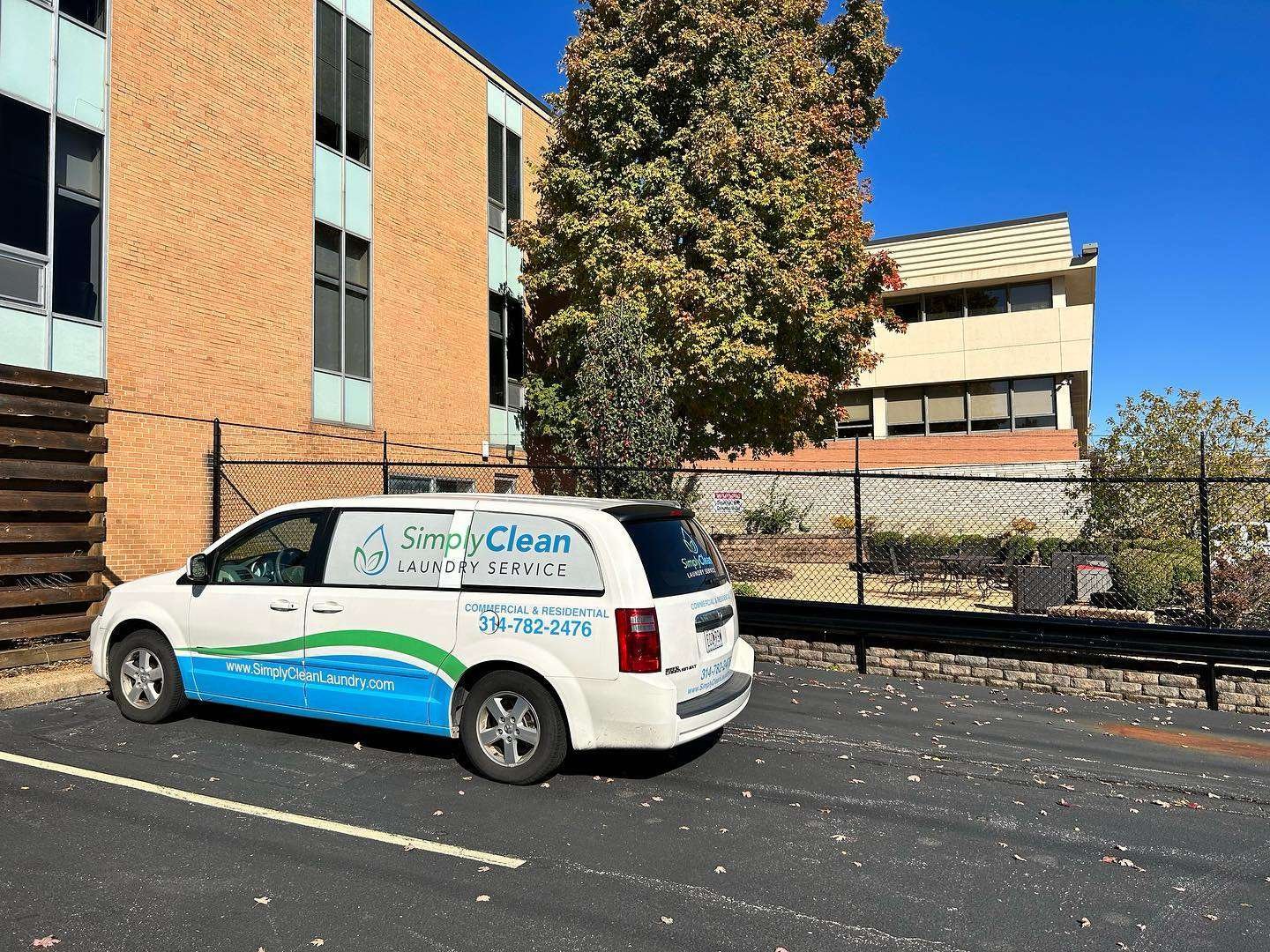Human Resources has always been at the core of employee experience, managing everything from recruitment and payroll to training and engagement. But in 2025, workplaces look very different. Teams are global, remote work is mainstream, and employees expect instant support for everything from benefits queries to career development. Traditional HR departments, even with large teams, often struggle to meet these expectations efficiently.
This is where AI-powered virtual HR assistants step in. By combining automation, natural language understanding, and predictive insights, businesses can now deliver faster, smarter, and more personalized employee support. Rather than replacing HR professionals, these assistants complement them — handling repetitive tasks while allowing HR leaders to focus on strategy, culture, and growth.
Why AI in HR Matters
Employee Expectations Are Rising
Today’s workforce expects the same instant service at work that they experience as consumers. Waiting days for payroll clarifications or IT access frustrates employees and lowers productivity. AI assistants provide immediate responses, creating a more seamless work environment.
Scalability for Growing Teams
As companies expand, HR workloads grow exponentially. Traditional HR systems can’t always keep up, but AI assistants scale easily, handling thousands of requests simultaneously without additional cost.
Data-Driven Workforce Decisions
AI doesn’t just respond to questions — it learns from employee interactions. This data can highlight common concerns, identify training needs, or even flag potential retention risks before they become serious problems.
Consistency and Fairness
Where humans may vary in tone or detail, AI assistants provide consistent answers. This builds trust among employees and ensures company policies are applied fairly across the board.
Key Capabilities of Virtual HR Assistants
- Automated Query Handling: Answering FAQs on payroll, benefits, vacation policies, or compliance rules.
- Recruitment Support: Screening candidates, scheduling interviews, and managing initial communications.
- Onboarding Assistance: Guiding new hires through paperwork, training schedules, and company systems.
- Employee Engagement Tools: Running surveys, gathering feedback, and monitoring sentiment.
- Learning Recommendations: Suggesting courses and resources based on employee skills and goals.
- Escalation to HR Staff: Redirecting sensitive or complex cases to human HR professionals.
Real-World Applications
- Recruitment: AI assistants streamline candidate outreach, reducing hiring timelines by weeks.
- Onboarding: New employees get personalized digital guides that make day one smoother.
- Internal Support: Staff can instantly check leave balances, submit requests, or access policy documents.
- Employee Wellness: Virtual assistants proactively share wellness resources or check in on engagement levels.
Best Practices for Success
- Start With FAQs: Launch with high-volume queries like payroll and leave requests before expanding.
- Prioritize Transparency: Employees should know they’re interacting with an AI assistant, not a human.
- Blend Automation and Empathy: Use AI for efficiency but ensure sensitive cases are escalated to HR staff.
- Ensure Privacy: Protect employee data with strict compliance and encryption standards.
- Continuous Improvement: Train the AI with updated policies, feedback, and employee input regularly.
Pitfalls to Avoid
- Overloading AI with too many functions at launch.
- Neglecting human escalation for sensitive issues.
- Ignoring employee feedback on the system’s performance.
- Weak integration with HR platforms, causing fragmented workflows.
Real-World Results
Companies adopting AI-driven HR assistants are already seeing benefits:
- A global IT firm reduced HR support tickets by 50% within six months.
- A retail company improved employee satisfaction scores by 30% after introducing instant HR chat support.
- A healthcare organization accelerated onboarding processes, saving hundreds of hours annually.
The Role of TeleWizard AI
Solutions like TeleWizard AI make it easy for organizations to deploy effective HR assistants. With plug-and-play integrations, customizable workflows, and robust analytics, businesses can deliver seamless support without overhauling existing systems. By reducing repetitive HR workloads, these tools free professionals to focus on strategy and culture.
The Future of HR With AI
Looking ahead, AI in HR will move from being reactive to proactive. Assistants will:
- Predict employee burnout before it happens.
- Offer personalized career development paths.
- Use sentiment analysis to track morale and suggest improvements.
- Provide real-time compliance monitoring in highly regulated industries.
Conclusion
In 2025, the role of HR is no longer just about administration — it’s about creating exceptional employee experiences. Virtual HR assistants powered by AI are reshaping workplaces by delivering instant, fair, and consistent support. By blending automation with human empathy, businesses can scale efficiently while building stronger, happier, and more engaged teams.
For organizations ready to modernize their HR approach, the message is clear: AI is not here to replace people — it’s here to empower them.










